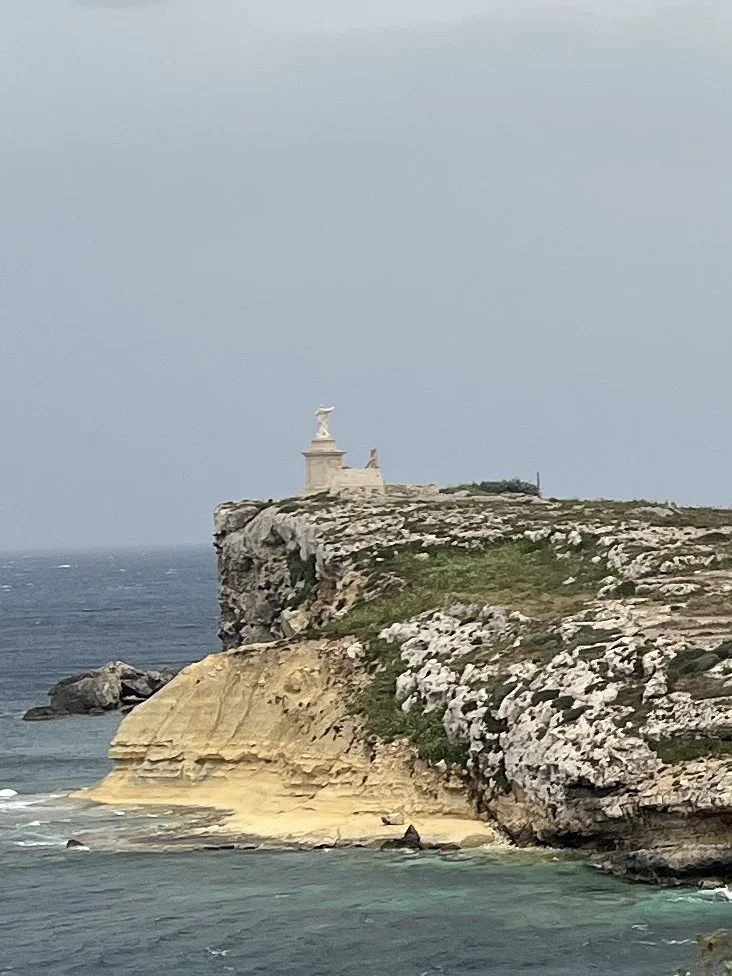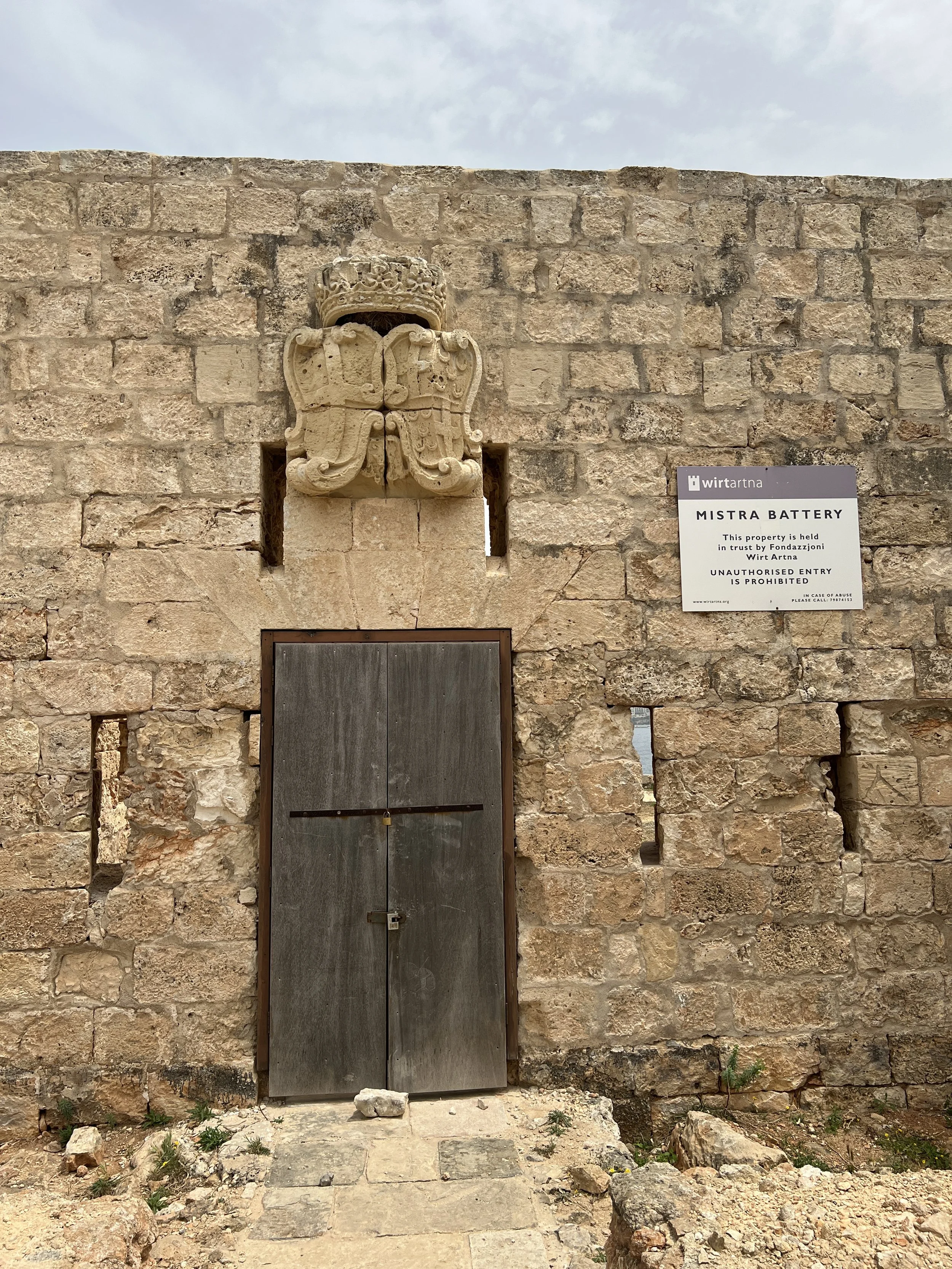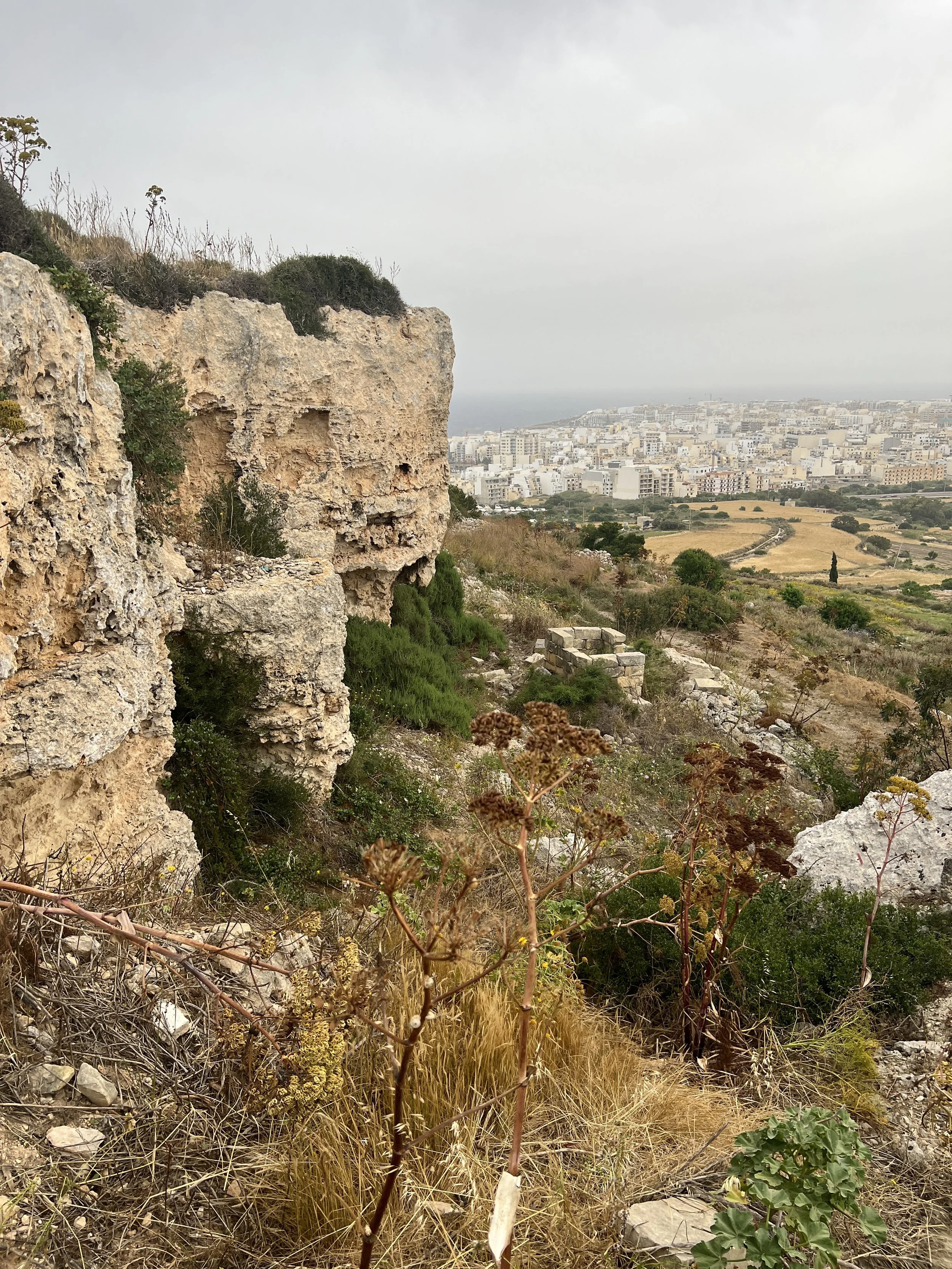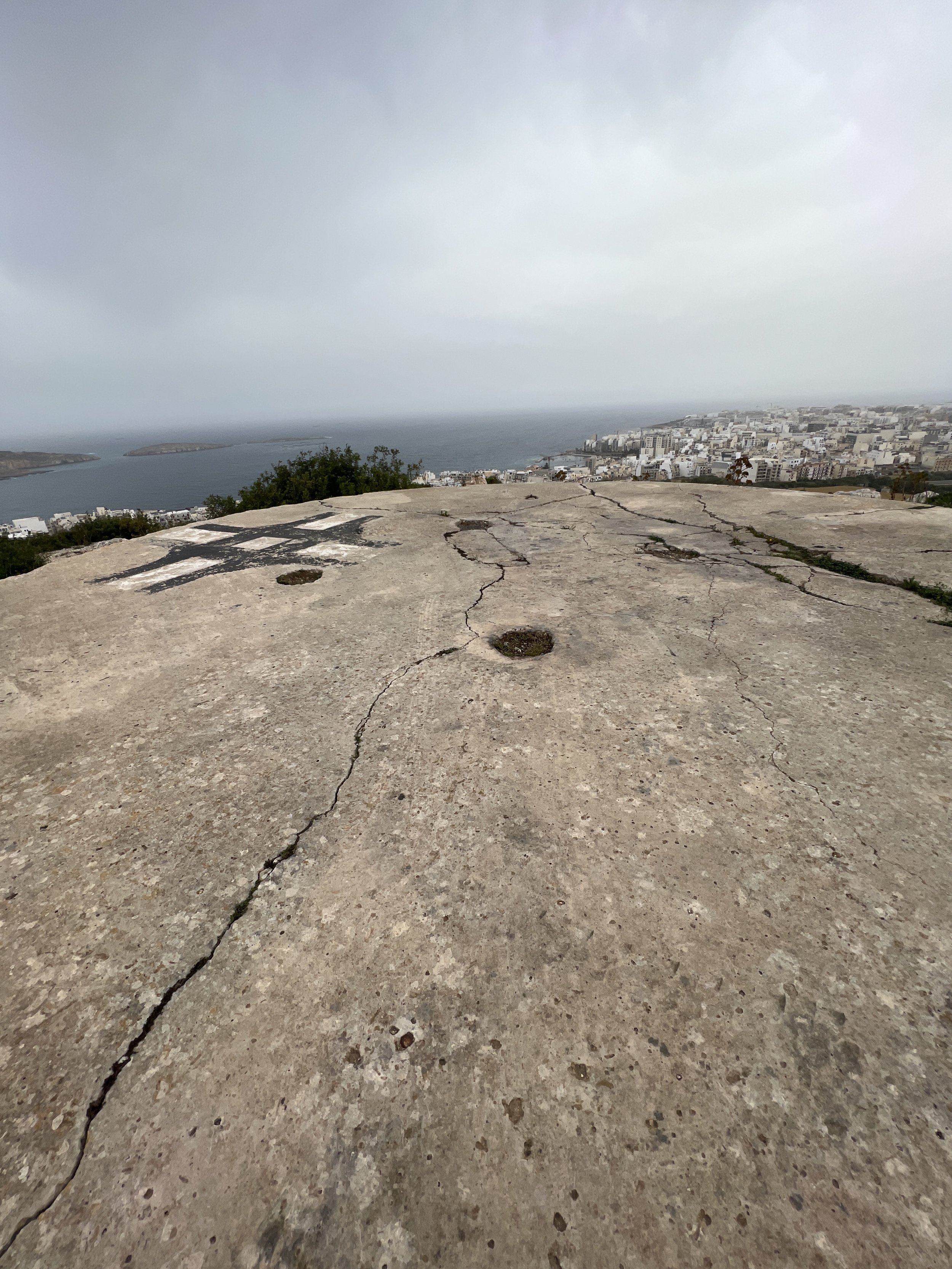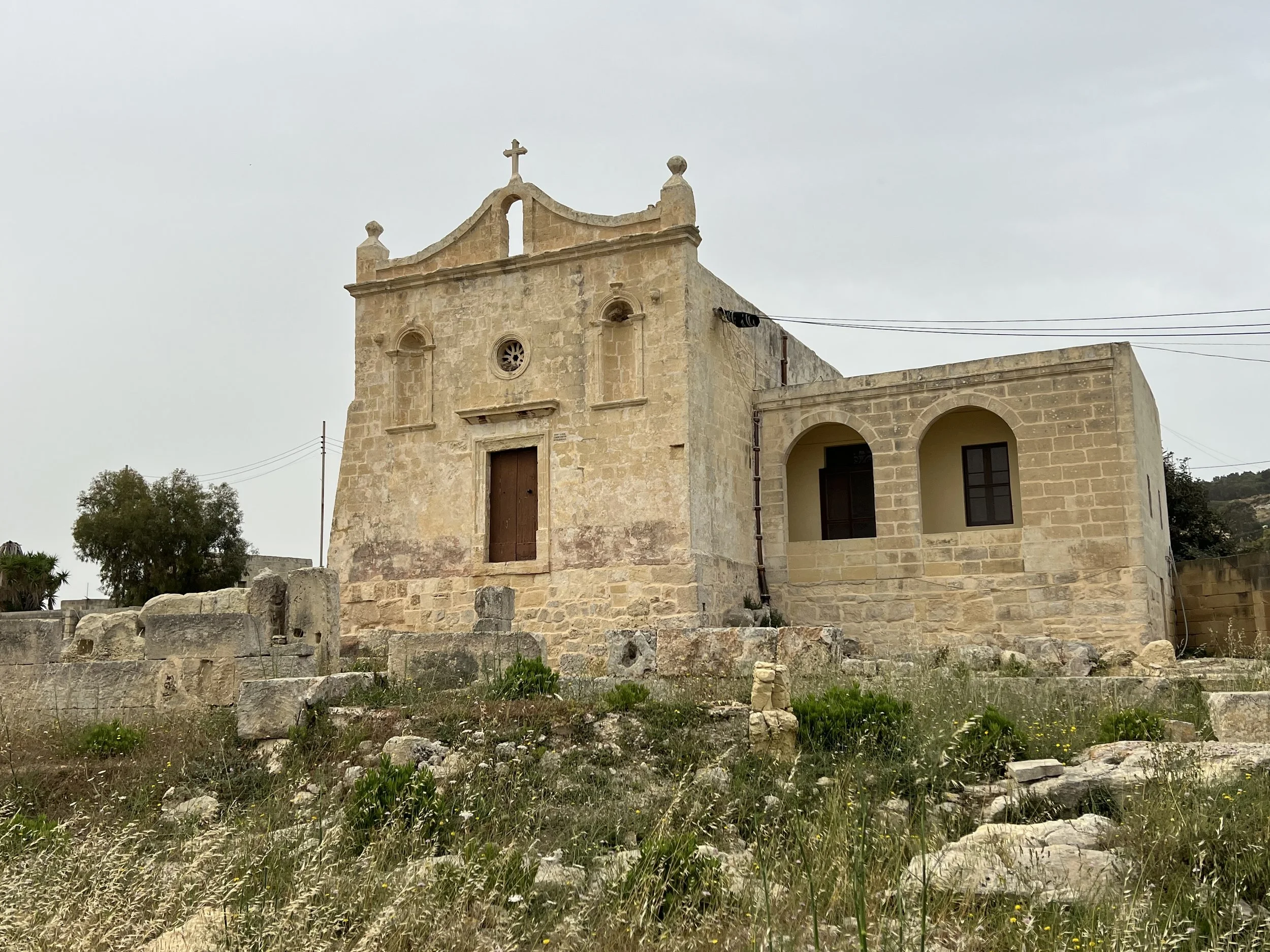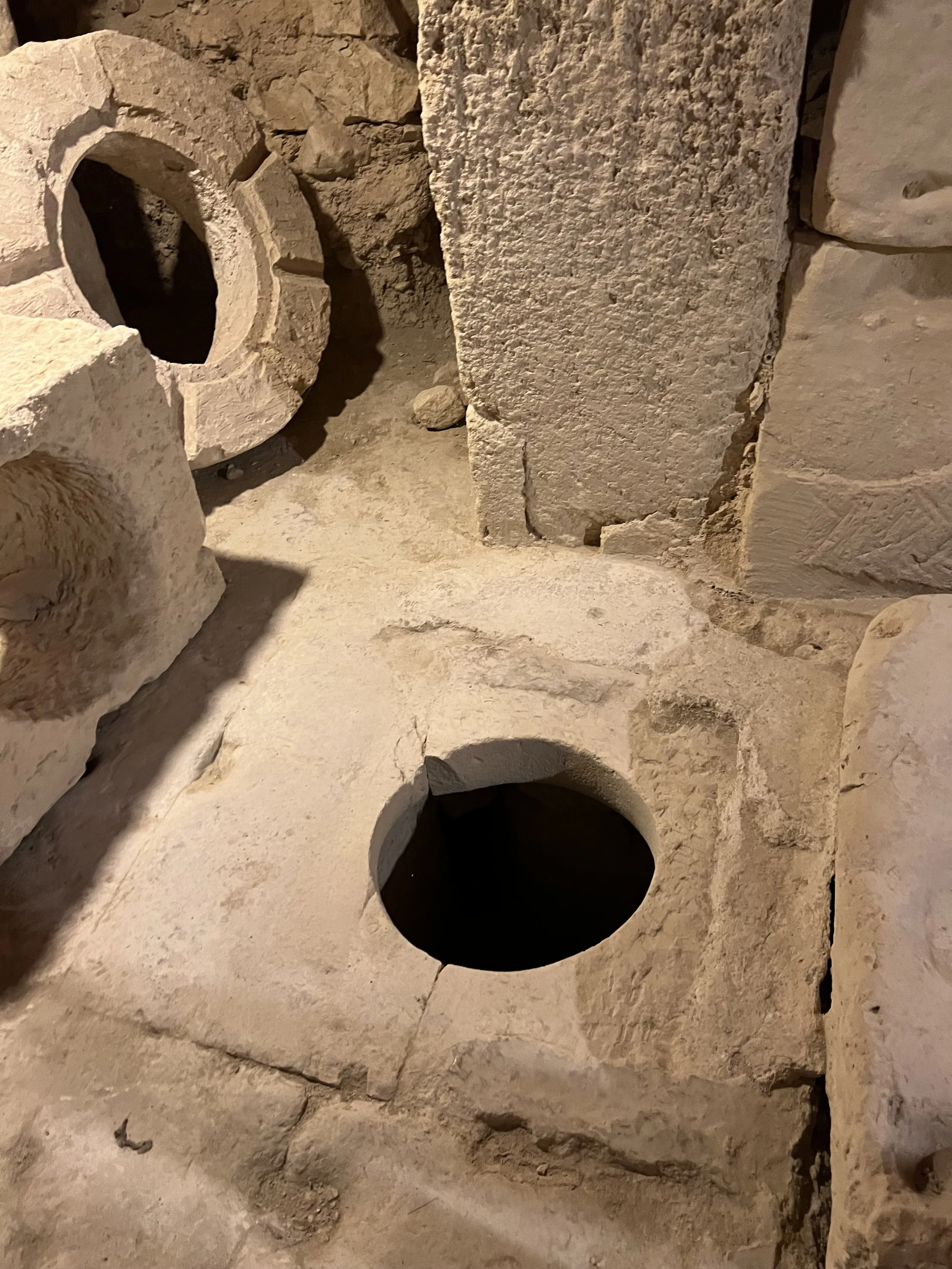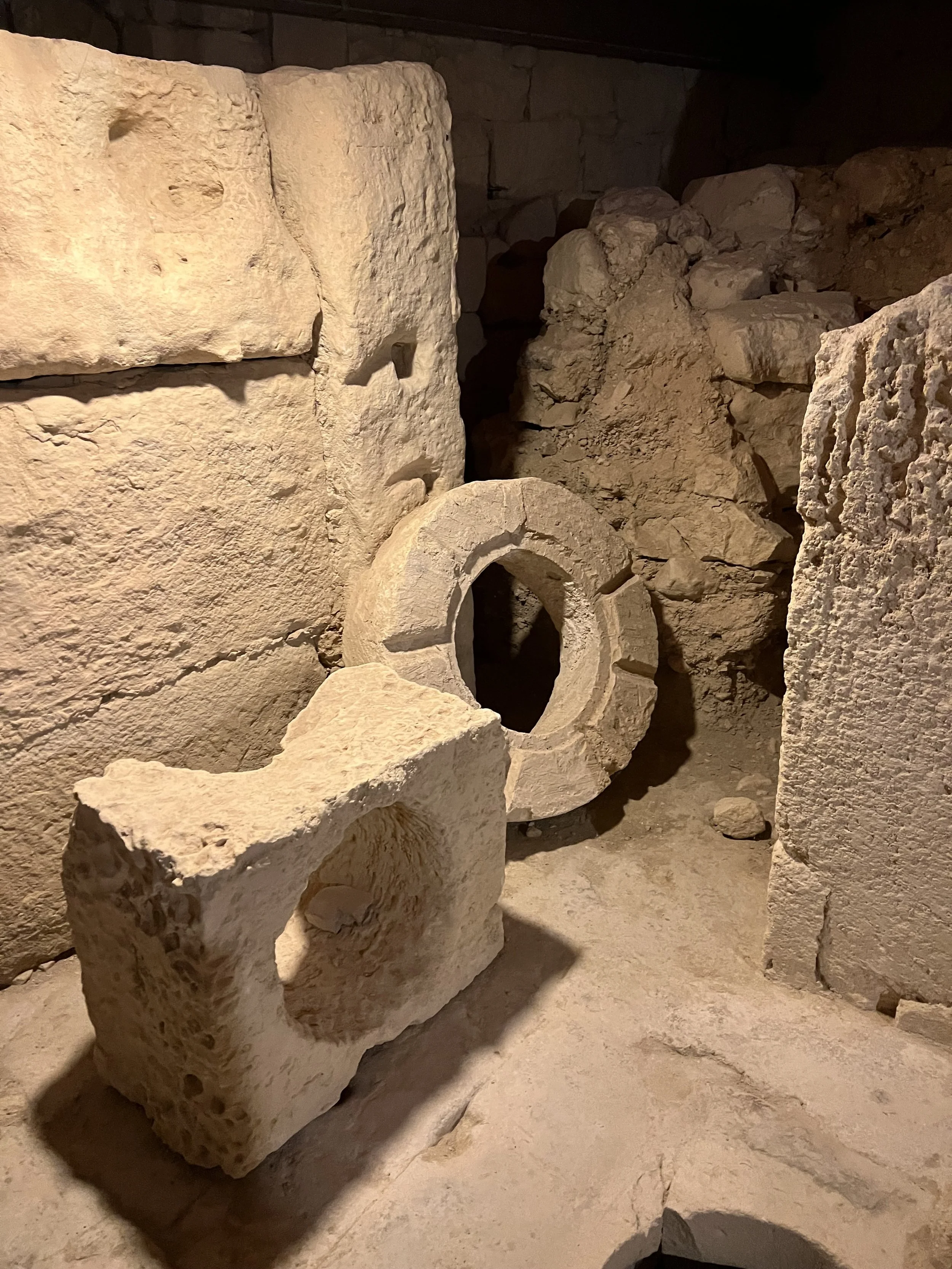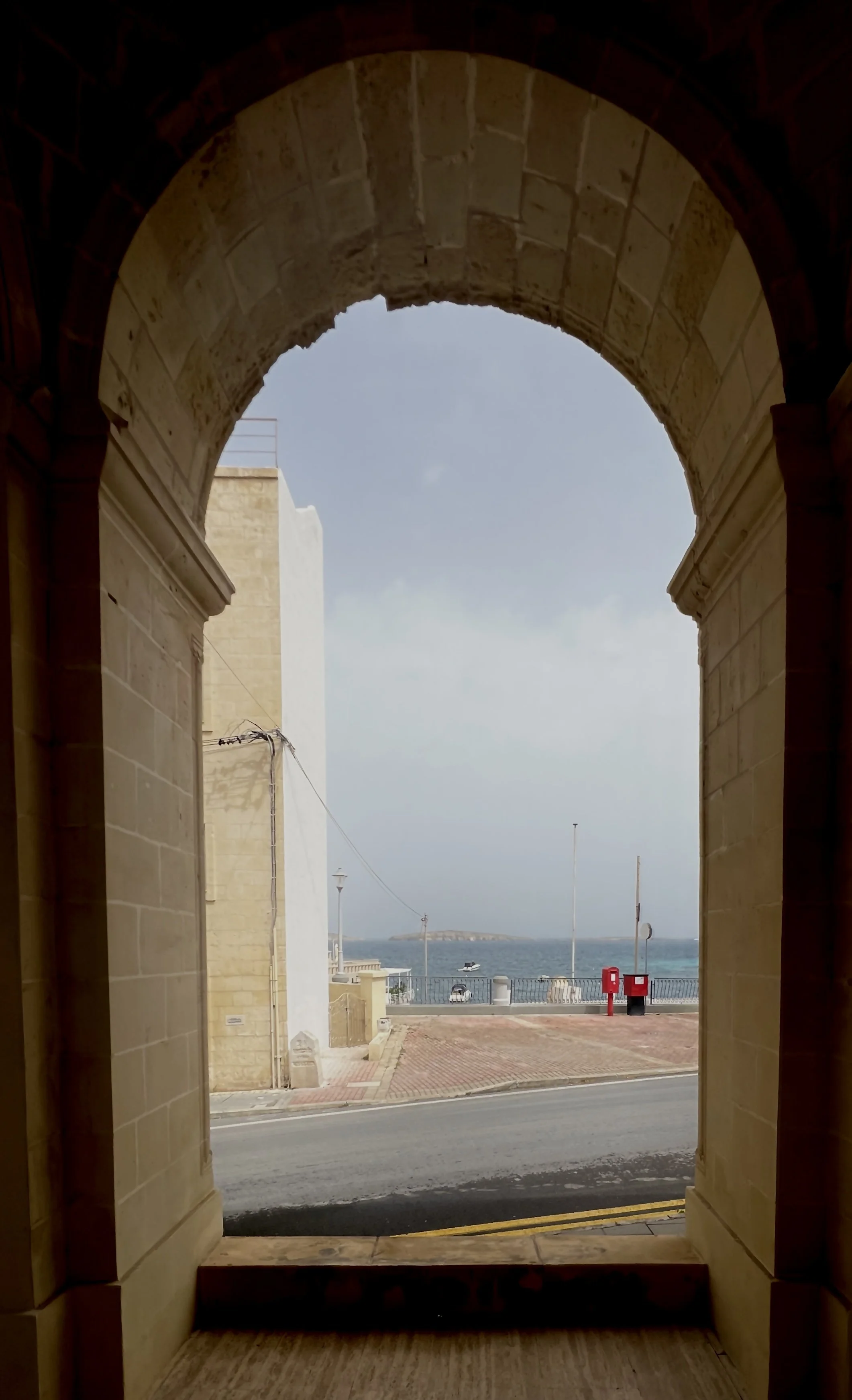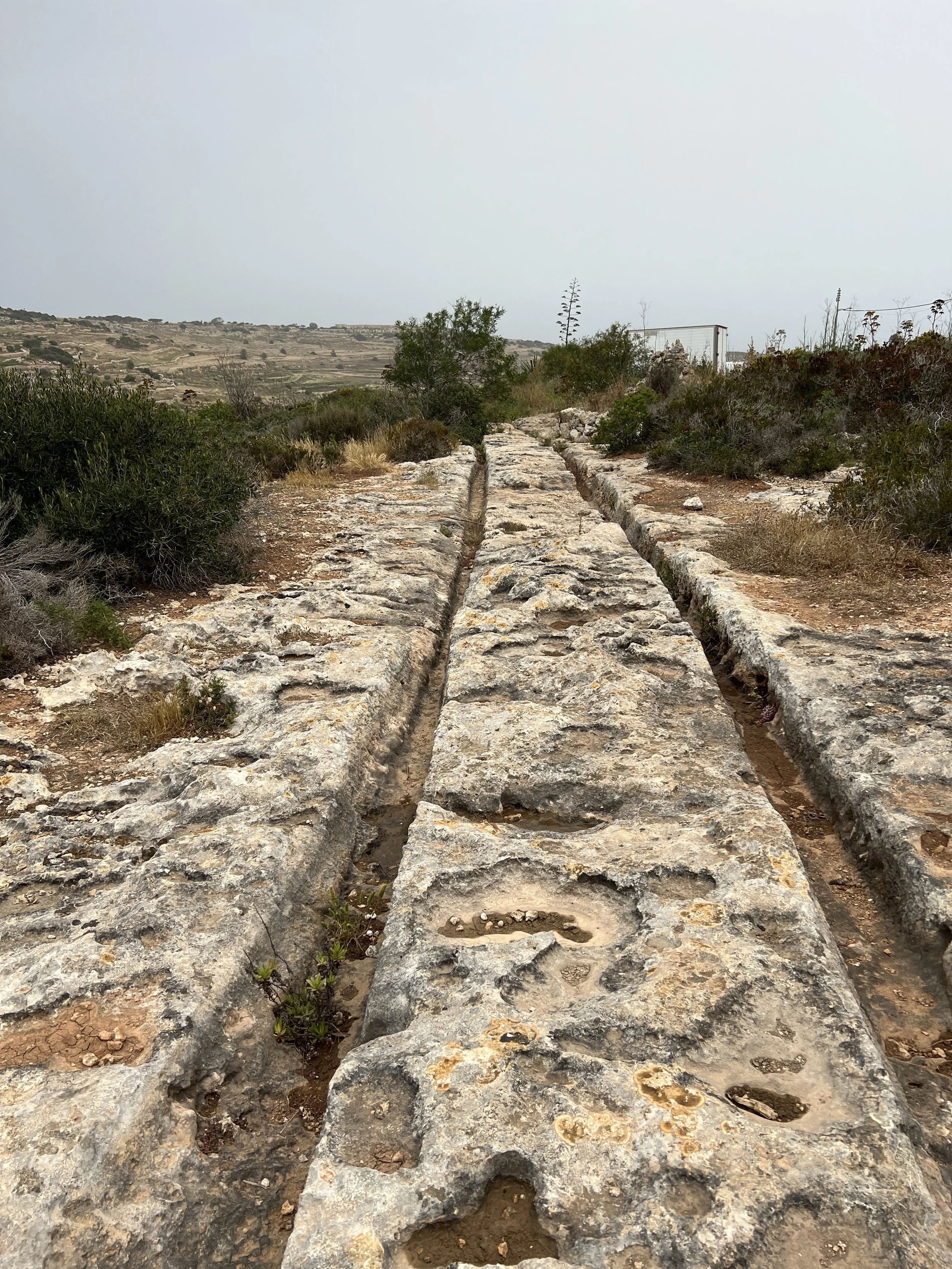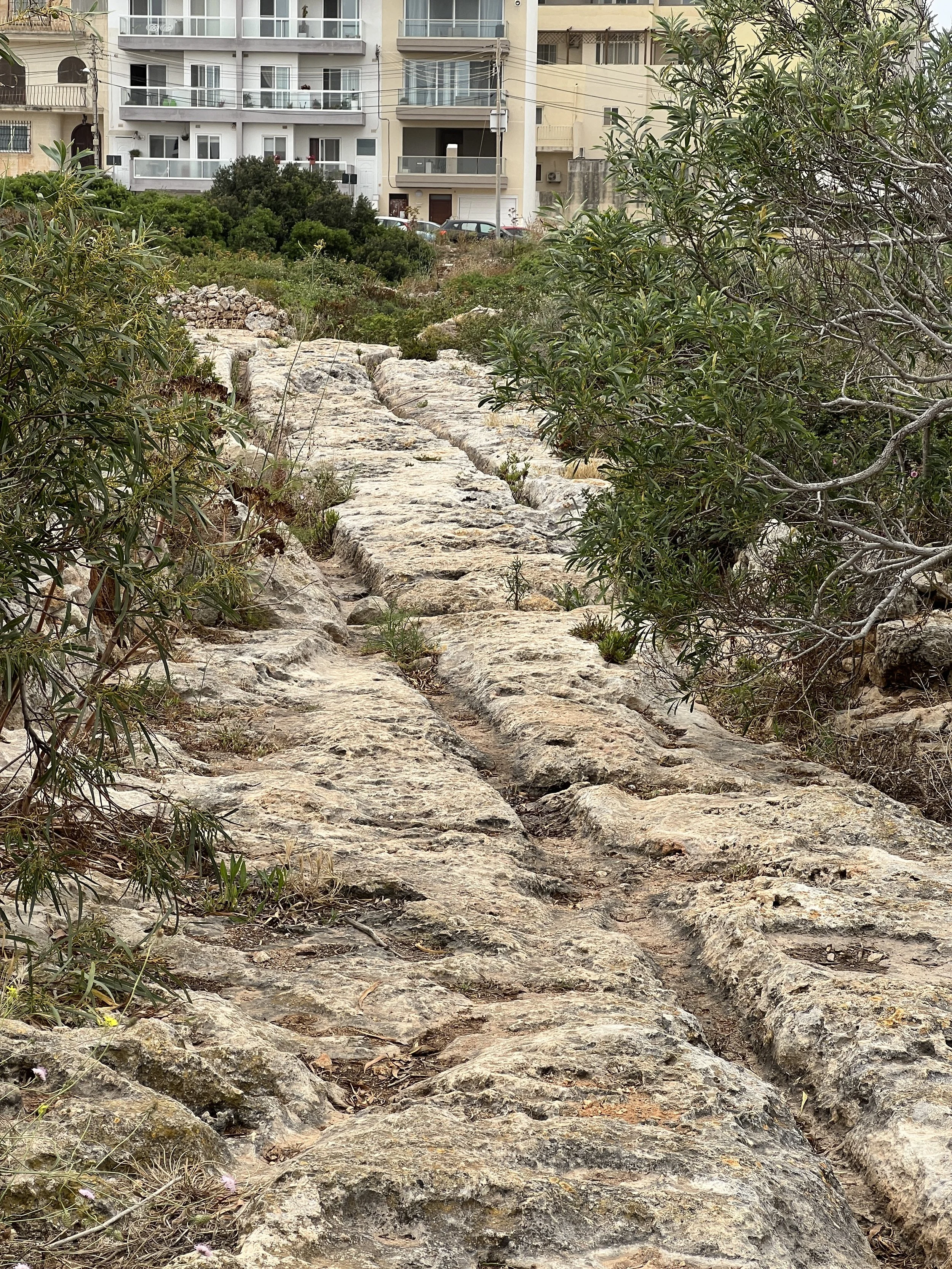St. Paul and St. Luke in Malta (and cart ruts!!)
“After we were brought safely through, we then learned that the island was called Malta….Now in the neighborhood of that place were lands belonging to the chief man of the island, named Publius…. “ Acts 28:1 and 7
The exact location of Paul and Luke’s shipwreck will likely never be known. Our reading on this often mentions 3 potential bays in Malta (St. Paul’s Bay, St. Thomas Bay and Marsaxlokk Bay) and even smaller islands just NW of Malta. Our pictures today revolve around St Paul’s Bay and the nearby roman villa and church named San Paul Milqi - “St. Paul Welcomed”.
The beautiful St Paul’s Bay is northwest of Valletta and has a small island, St Paul’s island, with a monument statue of St. Paul. The pictures show old cement salt pans and the WWII Mistra battery. Travel tip: a cab / bolt (Uber) can take you all the way out to the Mistra Battery and you walk to the end of the point from there for a great view of St. Paul’s island.
Two miles up the west slope above the bay is the archeological site of San Pawl Milqi. The excavation of San Pawl Milqi was hampered by damage from activity in WWI and WWII. There is a WWI battery very near here - high on the hill with a perfect look out over the bay - Wadija battery. Also, for ages the site was scavenged for finds and it is only in recent decades that there is a wall around the site and visitation is by appointment thru Heritage Malta.
There have been finds from the neolithic thru the late roman period, including a small hypogeum (underground tomb/temple complex) nearby. But the site mainly highlights the 2nd century BC thru late roman era agricultural estate / villa. There are about 2 dozen roman villas found so far on Malta, and this is the largest. Some of the agricultural finds are at least 5 pippers and presses for olives with a network of rock cut channels for the olive oil. There are cisterns and storage silos and evidenced of milling grain. This is why this is an attractive possibility for the home of Publius: very close to the bay and a large working roman estate
The chapel is built over a late medieval church which faced east, which is built over a byzantine era church, which is built over an ancient temple. It is not used as a chapel now, but is being preserved as part of the site.
We visited Malta in May 2023 on some VERY windy days, and it was certainly easy to imagine a ship wreck and being swept into this bay. There is a little church down on the bay, St. Paul’s Shipwreck Church, which commemorates these events. We could not get inside, but around the perimeter on the walls there are brass or copper reliefs that tell the story of Paul and Luke on Malta: shipwreck, the fire and the snake biting Paul, Paul preaching to the people, Paul healing Publius’s father, Paul preaching in a cave, Paul saying farewell as he sails for Rome, and relief’s of Paul and of Luke (holding a picture of Jesus’ mother Mary which tradition holds that Luke painted - an image we run into frequently in travel to biblical sites). We’ve included the pictures though the engravings are hard to make out.
Cart ruts!! We had been excited to see an example of the famous Malta cart ruts - grooves that look like cart tracks, in the bed rock, all over Malta and totally unexplained - from before written history.
St Paul’s island, St. Paul’s Bay, Malta






